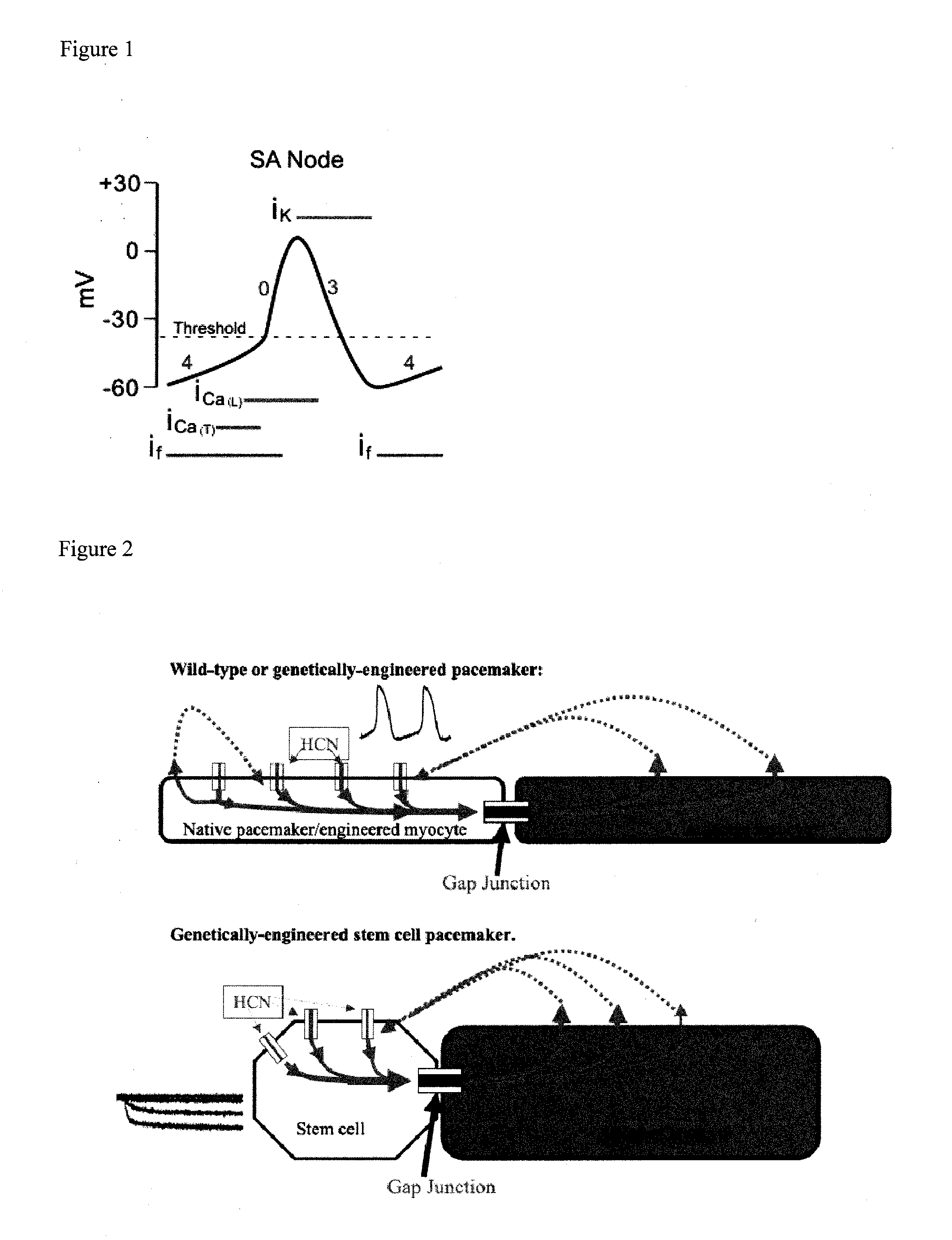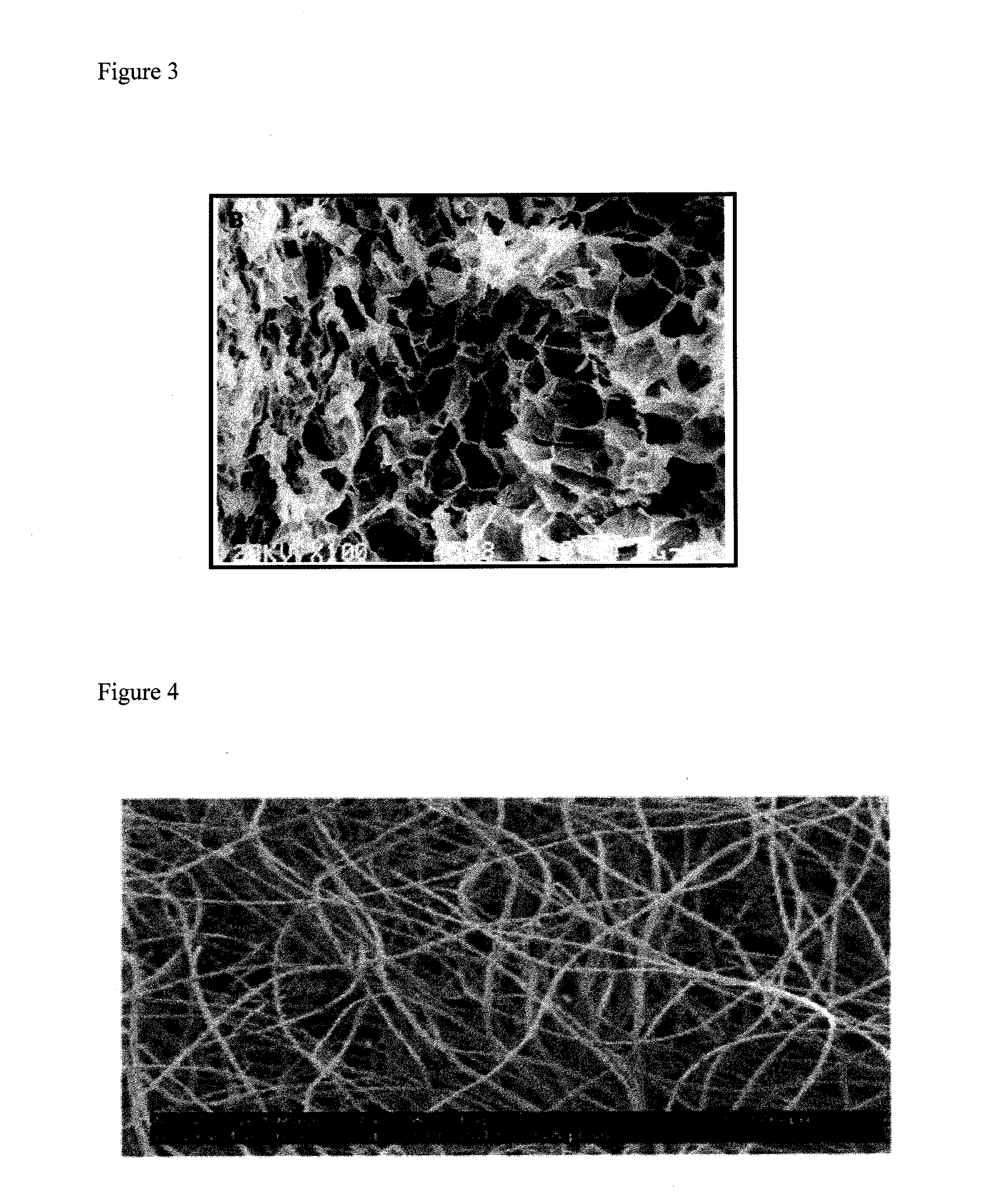Nanofiber scaffold
a technology of nanofiber and scaffold, which is applied in the field of nanofiber scaffold, can solve the problems of reducing the ability of the heart to pump blood effectively, affecting the formation of gap junctions, and permanent death of a section of heart muscle, and achieves the effects of reducing the formation of gap junctions, and facilitating removal
- Summary
- Abstract
- Description
- Claims
- Application Information
AI Technical Summary
Benefits of technology
Problems solved by technology
Method used
Image
Examples
Embodiment Construction
[0047]The device of the teachings herein, referred to as the “BioGenerator”, is a device to encapsulate hMSCs while allowing factors they secrete to diffuse through the capsule. There are several distinct advantages for utilizing this device over previous delivery methods in that this system: provides targeted delivery of hMSCs eliminating any need for cell homing; delivers factors directly to the infarct site eliminating any need for large numbers of human MSCs due to potential off-target delivery; localizes human MSCs directly to one area eliminating or minimizing off-target effects; is minimally invasive; deliverable by catheter; and is removable.
[0048]One embodiment of the invention is a Human Mesenchymal Stem Cell (hMSC) driven Biological Pacemaker. In a normal pacemaker cell, the cell's own depolarization initiates an action potential in the cell. This action potential is then transmitted to other cells via gap junctions, passing down the current. For adult mesenchymal stem ce...
PUM
| Property | Measurement | Unit |
|---|---|---|
| diameter | aaaaa | aaaaa |
| diameter | aaaaa | aaaaa |
| thick | aaaaa | aaaaa |
Abstract
Description
Claims
Application Information
 Login to View More
Login to View More - R&D
- Intellectual Property
- Life Sciences
- Materials
- Tech Scout
- Unparalleled Data Quality
- Higher Quality Content
- 60% Fewer Hallucinations
Browse by: Latest US Patents, China's latest patents, Technical Efficacy Thesaurus, Application Domain, Technology Topic, Popular Technical Reports.
© 2025 PatSnap. All rights reserved.Legal|Privacy policy|Modern Slavery Act Transparency Statement|Sitemap|About US| Contact US: help@patsnap.com



